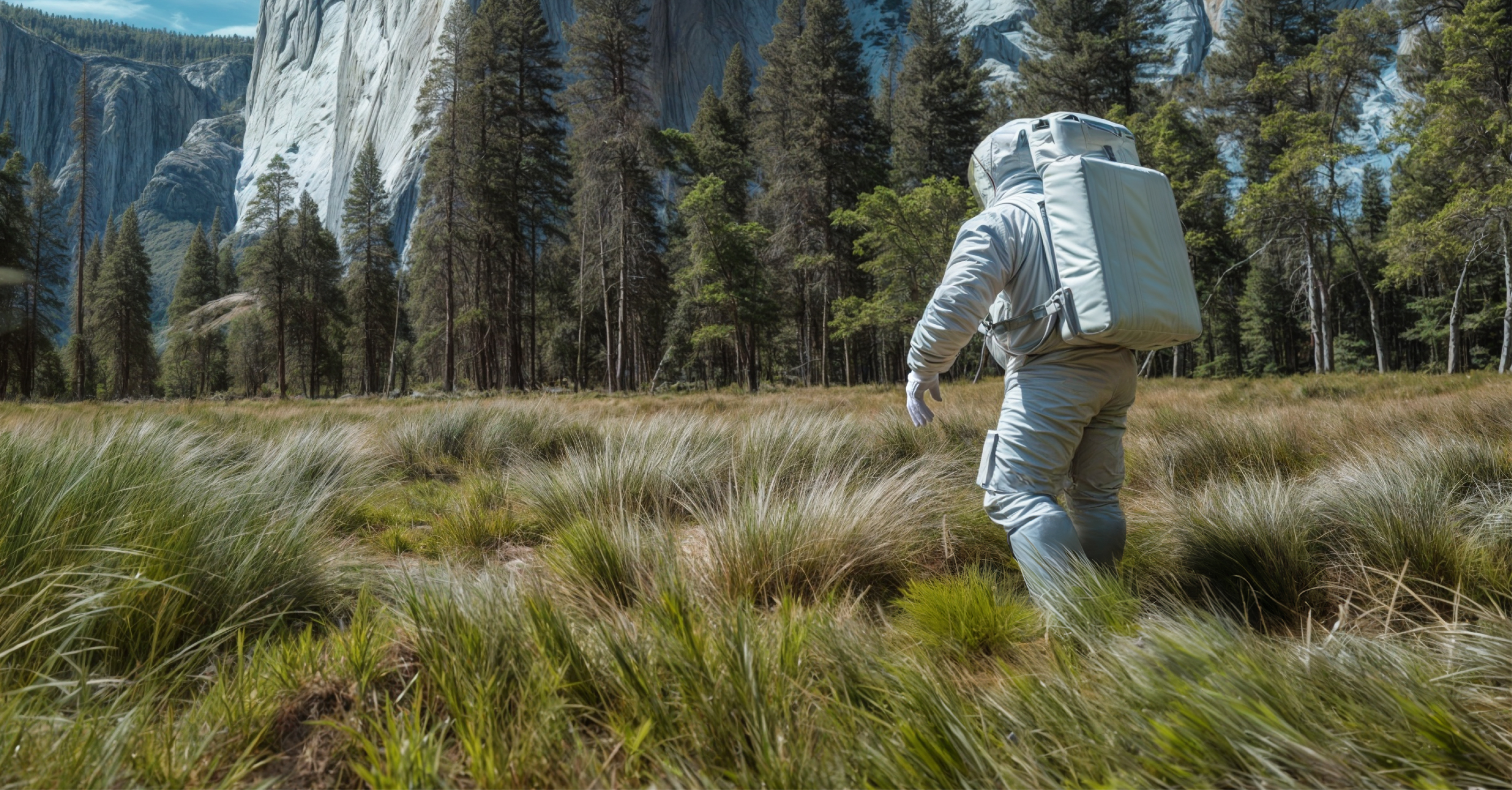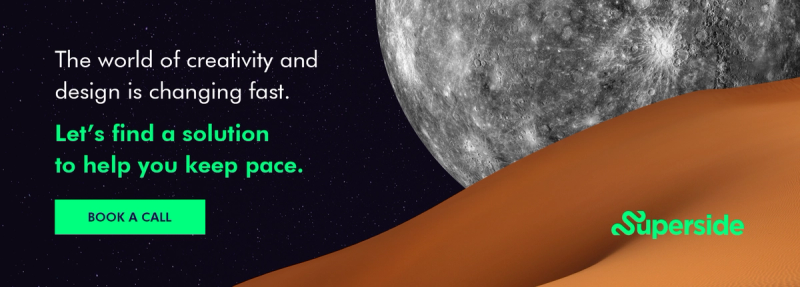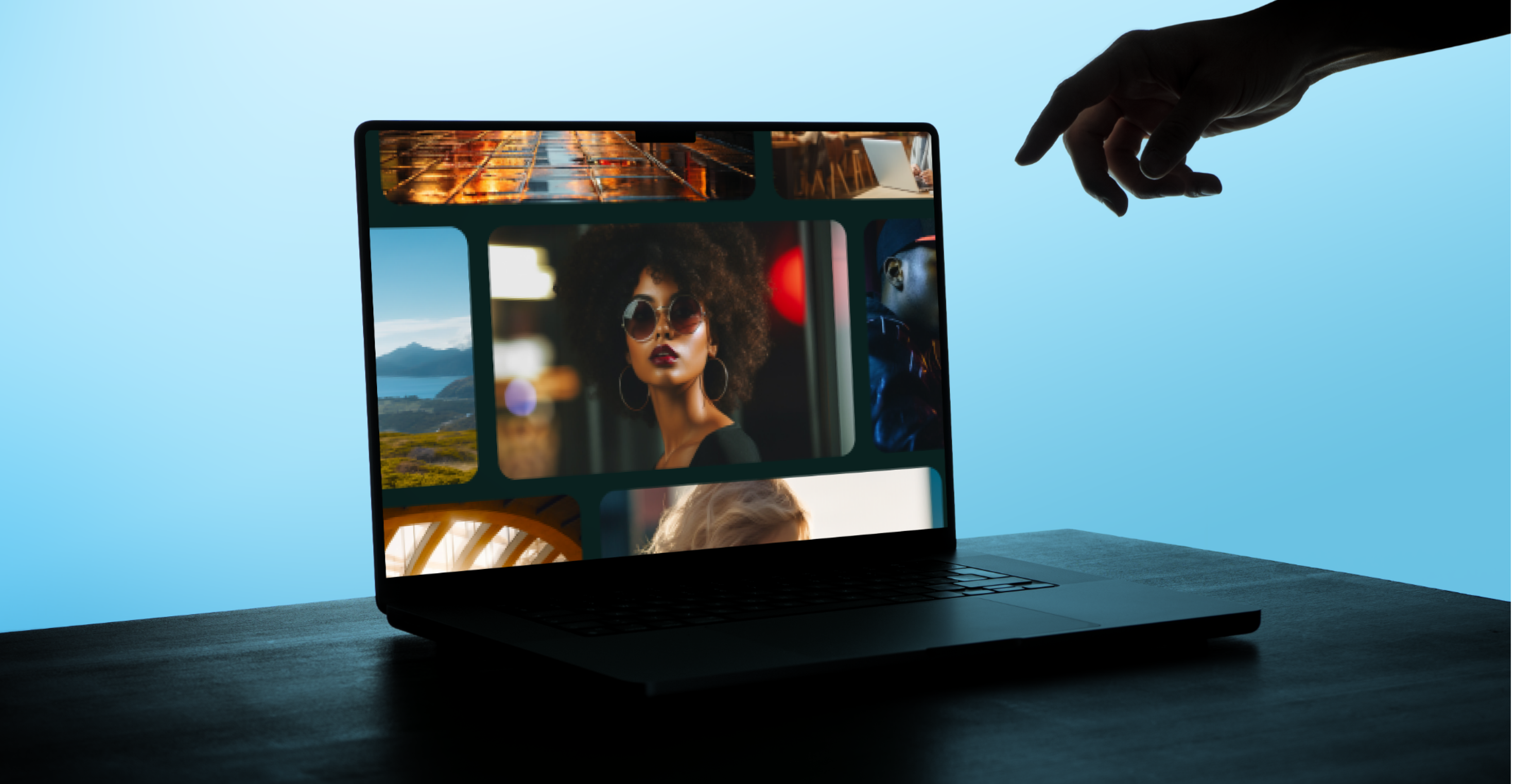
It was one of those moments you can never forget. It was the evening after the 10-minute interview for which we had traveled over 5000 miles, all the way from Norway.
We had heard stories about how if you receive a phone call before 8, meant you’re in - and a late email meant you’re out. Well, it was now over 9 and we still hadn’t heard anything.
Then suddenly the phone rang and I heard the first words. I turned around and lifted up this girl standing next to me. I had no idea who she was. I gave her a big hug. "WE GOT IN"!
Ever since Y Combinator (YC) started mass-producing unicorns like Airbnb, Dropbox, and Stripe, it has become incredibly hard to get in. In 2015 alone - 7,000 startups applied, and a 106 got in. That’s an acceptance rate of 1.5%. Harvard’s is 5.9%.
Several great articles have already been written giving tips about how to apply to Y Combinator.
In this article, I am sharing my personal experience and what according to me were the 3 key factors that got us the “you’re in” phone call.
1. Product
The basics:
- Make something people want (Show it to people and ask)
- Make something new and interesting (Not derivative)
- Aim for a big and long-term problem/market
- Have something to show (A demo, or numbers)
A non-obvious point is that if you’re doing anything in biotech, VR/AR or hardware you have a higher acceptance probability. These are examples of things that are new and interesting (see point number 2).
YC Application Q&A (These are the exact answers from our application)
Q: What is your company going to make?
A: Outsourcing on freelancer marketplaces is time-consuming and low quality. To solve this we have made a curated freelancer platform, with project managers doing quality assurance and order handling.
Why it can be a deal breaker:
The biggest reason companies fail to launch after YC is not making something people want, which is why it’s what it says on their t-shirt.
There are some rules of thumb to making something people want. For example, you can make something you want. Guaranteed user of one, plus you’re probably not that much of a unique snowflake.
Or, you can make something that solves a problem that you personally know exist and think is annoying, ideally because you have domain expertise (you had a job doing something in that area).
Founders Sondre Rasch (Left) and Fredrik Thomassen (Right)
2. Team
The basics:
- Be smart and capable (And have proof)
- Be determined (Undeterred in the face of rejection + drive over time)
- Be friends (And kind)
- Be curious and anti-authoritarian (It makes you interesting and innovative)
- Communicate clearly and concisely (Extra ELI5 in application text)
- Know how to build your product
If it’s early stage, as long as you’re vaguely going in the right direction, the team is what makes the difference. At one point Y Combinator even experimented with admitting people who didn’t have an idea, like investing in teams (Didn’t work out though).
The question in the YC application that I found the most interesting was one about describing a non-computer system you had hacked.
I am guessing this mirrors the UK-based research that showed that the two features that best predicted whether you will succeed as an entrepreneur were
- you were smart – but that’s kind of obvious
- whether you were “illicit” in your youth and have a willingness to bend the rules.
YC Application Q&A
Q: How long have the founders known one another and how did you meet? Have any of the founders not met in person?
A: We met the first day in undergrad, some seven years ago and have been close friends ever since. We have carried out countless smaller projects together, from writing joint articles in economics and organizing conferences to throwing parties and organizing trips.
Why it can be a deal breaker:
The second biggest reason YC-startups fail is perhaps the most surprising: co-founder disputes.
As co-founders, you are extraordinarily reliant on each other. Everything the other person does affects you. During YC all stakes are raised to the max, and the pressure is intense.
There’s a constant barrage of tough decisions that have to be made under sometimes complete uncertainty, and there is no room for taking a time-out. Friction ensues.
And that’s just when things are going great. At some interval you will have some pants-on-fire crisis that’s so hilariously bad, you can’t help but be fascinated how you landed on your feet in the end.
You work from the moment you wake up until you go to bed, except when eating or maybe exercising. I got in the habit of forgetting to eat, so I lost 8 kgs during YC.
Paul Graham has a great analogy that I think is quite accurate: “Look for a co-founder that is like James Bond."
Someone who is thinking on his feet to find a way to solve problems, acting fast and intelligently in the face of impending doom.
You need to have a story of how you met, and what you’ve done together before. I was lucky in having Fredrik as a co-founder, who, in fact, resembles the Nordic James Bond Harald Hardrade.
The basics:
- Grow 10 % weekly (On a relevant metric, like revenue)
- Get things done incredibly fast (Fast decisions, focus, and intensity)
- Keep momentum going (String of small and big wins and share the story)
After launch, you need fast growth. Luckily, since you’re small you can do things that don’t scale and you can experience growth through sheer force of will. However, very quickly, having a product people love and share will result in the scalable kind of growth you want.
YC Application Q&A
Q: What convinced you to apply to Y Combinator?
A: We are currently scaling super-fast, but we could go much faster. We think Y Combinator & San Francisco is the best place in the world to learn from the best.
Why it can be a deal breaker:
In applying to YC, growth is evidence #1 that you have made something people want. The absolutely surest way to know is if you launch something and people pay money for it.
Growth is what makes startups interesting. You can’t become big without growth, and as long as you have growth, almost nothing else matters.
On the flip side, negative growth and momentum is the source of everything that is bad in the startup world. Things are always either growing or dying. Both states are self-reinforcing, and humans overreact to both.
If you’re dying, people risk becoming demoralized, start blaming each other and then quitting. If you’re growing people are so proud that they have to tell all their friends about your company all the time because they’re so happy to be a part of it.
The only way to get going again is to get growing again through a stoic calm and positivity while fiercely executing the kind of impactful actions that make a difference.
It’s no secret that attending Y Combinator creates dramatic path shifts for start-ups.
Tangible highlights for us include:
-> becoming a part of the YC-network -> raising a seed round with our favorite Silicon Valley investors -> getting a kick-start on the US market due to both press and YC-alumni. (Not to mention that we had 3 incredibly focused and productive months).
Read this article to hear what it was like on the inside.

Getting into YC was also about going somewhere I knew I belonged.
It had always been this enchanted place, on par with places like Hogwarts or Rivendell. Ever since 2007, as a teenager, I’d been following YC and Hacker News from Norway. I would sit in my room and daydream about this place I knew I should be a part of.
That being said, YC was and isn’t an end-goal. Life is short, and you should spend it doing something worthwhile, with people that inspire you. You’ll find plenty of those in YC, but also in other less-obvious places. So if you don’t make it into YC this round, keep applying, but also look to your immediate network for inspiration, support and the motivation to keep going.
Click here to Apply to YC's upcoming batch
Superside is an on-demand freelancer platform based in Oslo and Palo Alto. Businesses send office tasks to Superside via email, web-chat, or Slack and projects are instantly assigned to top-rated freelancers based on skill and availability.












